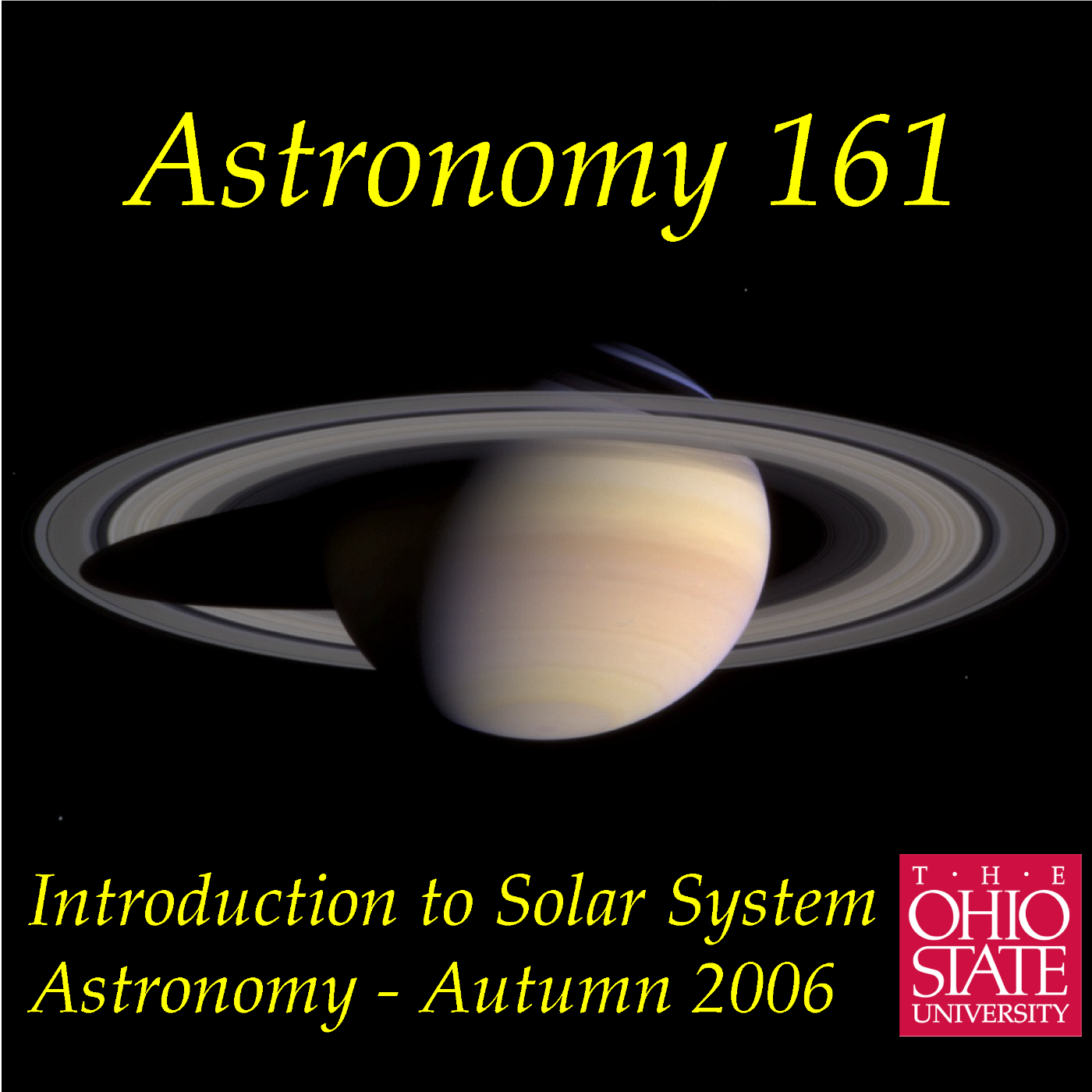Lecture 7: The Four Seasons

Why do we have different seasons? This lecture looks at the\nconsequences of the tilt of the Earth's rotation axis relative to its\norbital plane (the Obliquity of the Ecliptic) combined with the apparent\nannual motions of the Sun around the Ecliptic. The important factor\ndetermining whether it is hot or cold at a given location at different\ntimes in the year is "insolation": how much sunlight is spread out on\nthe ground. This, combined with the different length of the day when\nthe Sun as at different declinations, determines to total amount of\nsolar heating per day, and drives the general weather. It has nothing,\nhowever, to do with how far away we are from the Sun at different times\nof the year. Finally, the direction of the Earth's rotation axis slowly\ndrifts westward, taking 26,000 years to go around the sky. This\n"Precession of the Equinoxes" represents a tiny change that is still\nmeasureable by pre-telescopic observations, and means that at different\nepochs in human history there is a different north pole star, or none at\nall! Recorded 2006 Sep 28 in 100 Stillman Hall on the Columbus campus\nof The Ohio State University.